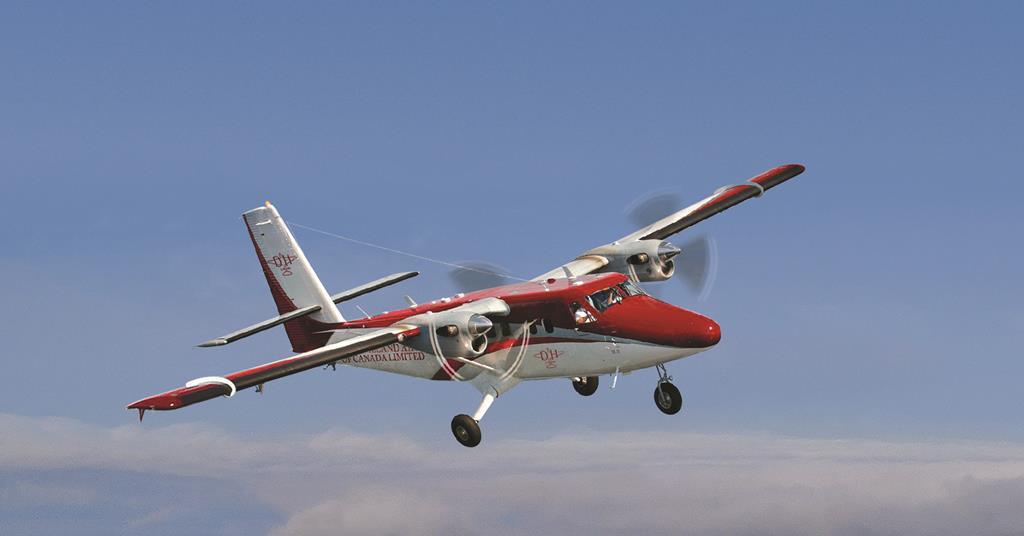EnviroTO
Senior Member
Toronto Island Airport really isn't sustainable over the longer term. For the amount of land it currently sits on, it is probably already at maximum capacity and even now the volume of traffic isn't enough to pay for any real connection to public transit. As Porter expands and Billy Bishop becomes a smaller piece of their entire operations I wonder how married to that business model they will be. I'm not sure if DeHavilland will restart Dash 8 400 production, there isn't as large a turboprop market as there once was, which leaves a question about what the future holds at this airport. ATR 72 with its lower performance and lift isn't getting good press these days. I like the novelty of flying into Billy Bishop and its central location, but for most trips it really isn't an option.
Until now one of the main reasons to not change anything was there was an existing agreement in place and ending that agreement early would mean paying out a substantial amount to keep other parties dependent on the agreement whole financially. With the agreement ending in 2033 the end of Toronto Island Airport becomes much more affordable. Legally nobody should be expecting the airport to operate beyond 2033... there are no guarantees and there is an agreement to keep the airport open ending at that time.
Connectivity to ground transportation network: Low. Expand-ability: Poor. Number of destinations: Low. Number of airlines: Poor. Compatibility with airline fleets: Poor. Fit with neighbouring environment: Poor. View and Coolness (Kai Tak Factor): High.
Until now one of the main reasons to not change anything was there was an existing agreement in place and ending that agreement early would mean paying out a substantial amount to keep other parties dependent on the agreement whole financially. With the agreement ending in 2033 the end of Toronto Island Airport becomes much more affordable. Legally nobody should be expecting the airport to operate beyond 2033... there are no guarantees and there is an agreement to keep the airport open ending at that time.
Connectivity to ground transportation network: Low. Expand-ability: Poor. Number of destinations: Low. Number of airlines: Poor. Compatibility with airline fleets: Poor. Fit with neighbouring environment: Poor. View and Coolness (Kai Tak Factor): High.
Last edited:
